July 8, 2025 — Something extraordinary is happening this week, and it’s not just in space — it’s on Earth itself. Scientists have confirmed that July 9, 2025, will mark the shortest day of the year, thanks to a subtle but measurable acceleration in the planet’s rotation.
While the change won’t be noticeable to the average person, it’s a significant development in the world of geophysics and timekeeping — and it may have surprising implications in the years ahead.
What’s Causing the Change?
The Earth doesn’t spin at a perfectly consistent rate. Its rotation is affected by various factors, including gravitational interactions with the Moon, core-mantle friction, oceanic and atmospheric shifts, and even large-scale climate patterns. Over the past few years, scientists have noticed that Earth is spinning slightly faster, resulting in days that are just fractions of a second shorter than the standard 24 hours.
July 9 is expected to be the shortest day so far in 2025, with the planet completing its rotation a few milliseconds quicker than average.
Why Does It Matter?
Although a millisecond may seem trivial, this type of change is incredibly important for timekeeping. Most of the world’s time is governed by atomic clocks, which are incredibly precise. However, atomic time and Earth’s natural time don’t always stay perfectly aligned.
When Earth’s rotation speeds up, it can lead to discussions about adjusting time systems — including the potential need for a “negative leap second” in the future. This has never happened before, as leap seconds have only ever been added to slow down atomic time to match Earth’s slower rotation. A negative leap second would remove time to keep up with a faster-spinning planet.
Could This Impact Daily Life?
For now, no one will feel the difference. Smartphones won’t glitch, and sunrise and sunset won’t shift dramatically. However, industries that rely on extreme precision — such as satellite communications, GPS navigation, financial markets, and astronomical research — closely monitor these changes.
A shift in Earth’s rotation can also provide valuable clues about what’s happening deep inside the planet, especially in the liquid outer core and solid inner core that drive Earth’s magnetic field.
What Are Scientists Watching?
Experts will continue monitoring rotational data throughout the year. They’re particularly focused on determining whether this trend is temporary or part of a longer-term shift in Earth’s dynamics. Some scientists speculate that changes in polar ice melt, climate patterns, and even seismic activity may contribute to these shifts.
Understanding Earth’s rotation isn’t just a scientific curiosity — it’s a window into the health and behavior of our planet as a whole.
Final Thought
While July 9 may pass like any other day for most of us, it quietly marks a moment when Earth spun just a bit faster — a small reminder that even something as familiar as a day isn’t as fixed as it seems. As technology and science evolve, our ability to track these micro-changes continues to deepen our understanding of this dynamic planet we call home.

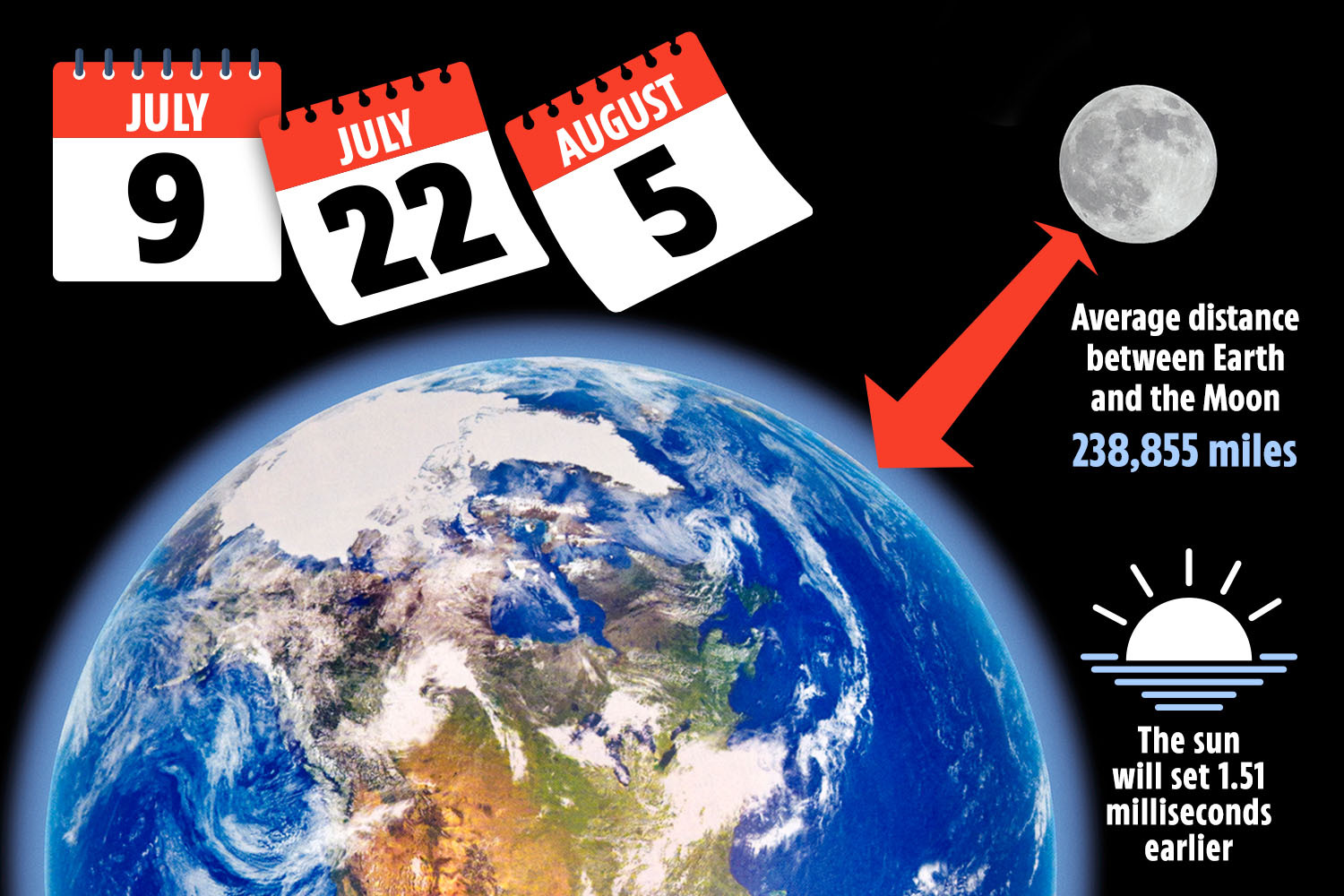




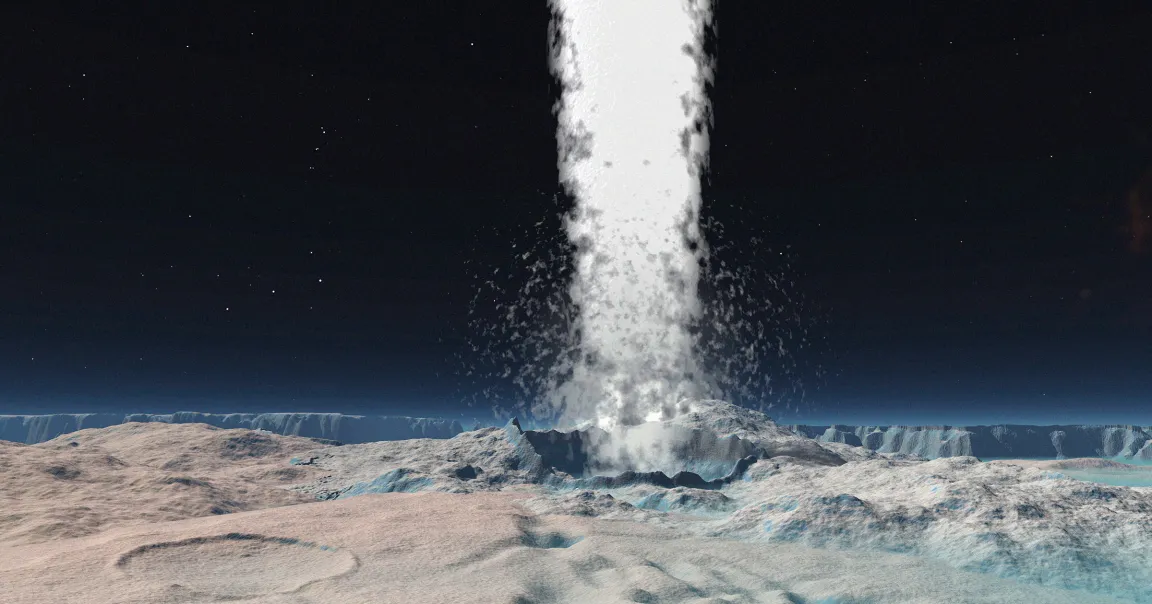

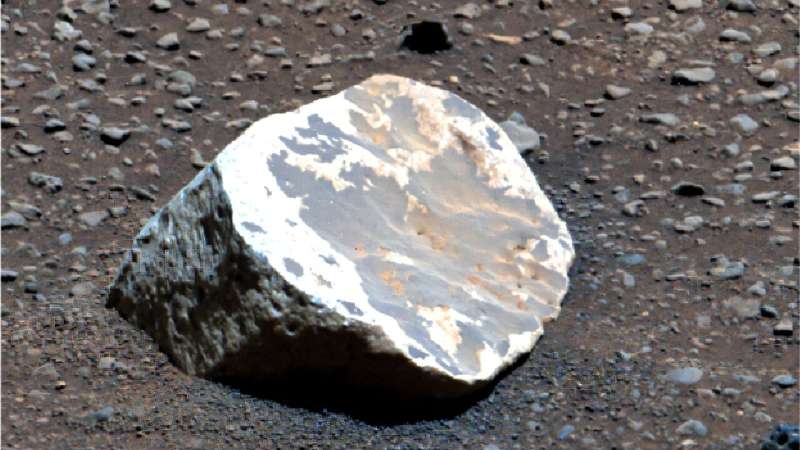
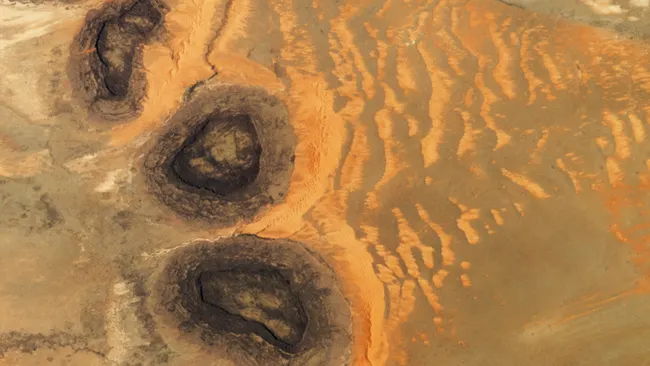
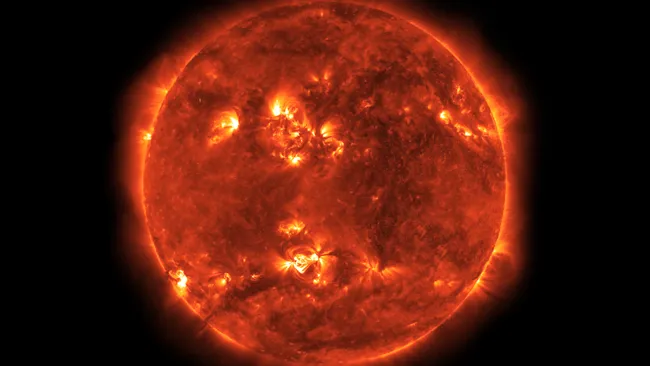





Leave a Reply